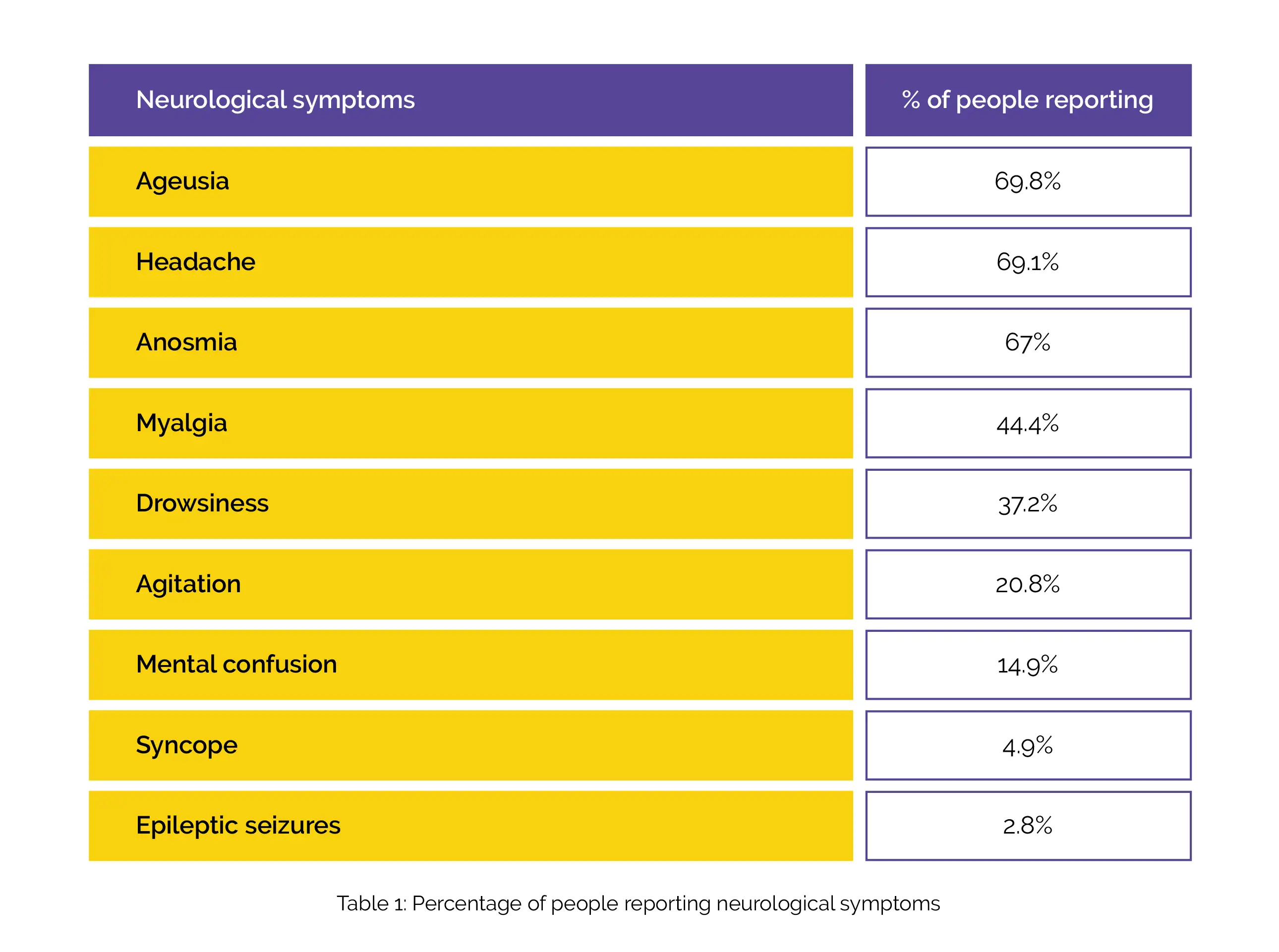Categories
Change Password!
Reset Password!


A study was carried out for determining if there is a clinically meaningful link between neurological symptoms in coronavirus-infected people, and for characterizing the headache presented by such people.
In COVID-19 people, headache is frequently noted. This headache is linked with other symptoms like myalgia, ageusia, anosmia, sore throat, and fever and can persist beyond acute phase of coronavirus disease.
A study was carried out for determining if there is a clinically meaningful link between neurological symptoms in coronavirus-infected people, and for characterizing the headache presented by such people.
The study included hospital inpatients and health workers suffering from PCR-confirmed coronavirus infection. In this cross-sectional study, a total of 288 people (53.1% males) were interviewed by telephone for at least two months following the acute phase of disease and were recognized by the hospital epidemiological surveillance department. With the aid of a semi-structured questionnaire, interviews were carried out. Using ID-migraine, the phenotype of the headache was examined.
Out of the interviewed people, 91.7% had some neurological symptom; 22.2% had some neurological symptom as the symptom that perturbed them most during coronavirus outbreak. Table 1 shows the percentage of people reporting neurological symptoms:

Those females who had fever, myalgia, sore throat, and anosmia/ageusia reported more headache (logistic regression). The non-migraine phenotype was the most frequently noted headache phenotype. It was of severe intensity and was different from the previous headaches. It was found to persist for greater than thirty days in 18% and for greater than ninety days in 10% of people.
Notably, 13% of people having anosmia and 11% of people having ageusia continued with these complaints after more than ninety days of acute phase of disease. Epileptic seizures, agitation and age above fifty years were considerably linked with mental confusion (logistic regression).
In the acute phase of COVID-19, neurological symptoms are frequently and significantly reported. The most frequently noted neurological symptoms were myalgia, anosmia, headache, and ageusia.
The Journal of Headache and Pain
Headache, anosmia, ageusia and other neurological symptoms in COVID-19: a cross-sectional study
Pedro Augusto Sampaio Rocha-Filho et al.
Comments (0)